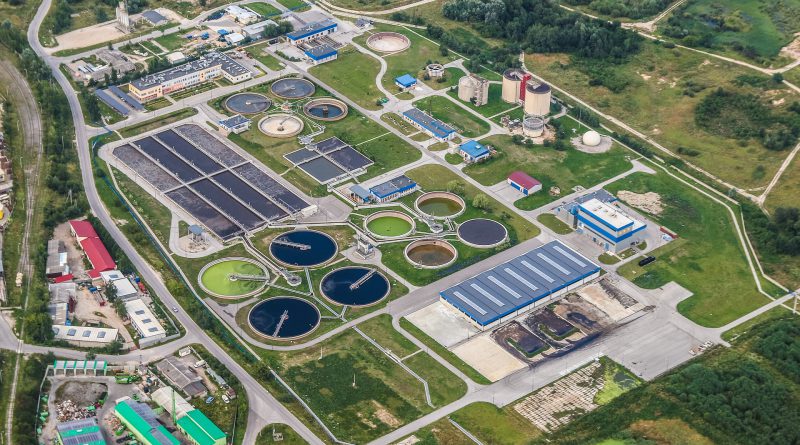LIFE Waste2Coag Project Aims to Boost Circular Economy in Wastewater Treatment Plants
Published by iAgua
Nowadays, brines are mostly disposed of in the environment without previous treatment by discharging them into water surfaces and sewers, or using deep-well injection, storage in evaporation ponds and land application, or in wastewater treatment plants (WWTP). Desalination plants (DP) inject brines into the soil, which salinises aquifers, or dilute saline waste in the local WWTP, which affects their biological process.
The main environmental problems caused by these practices are the increase of soil salinity, which impacts negatively on crops and receiving water bodies; regional impacts on benthic communities from the sea near the release point, which affects ocean life and marine ecosystems; and higher levels of heavy metals in the marine environment. Thermal and membrane-based methods for brine treatment used to prevent its discharge are unsustainable, restricted due to high costs there is not a widespread implementation. Therefore, brine valorisation is crucial.
On the other hand, the growing demand for metals has led to resource scarcity, price increases and environmental impacts, resulting from both demand and the unsustainable management of metal waste. The UE produces only around 3 % of the raw materials needed to meet the growing demand for metals. Despite the traditional reuse of metals, it is important and necessary to create synergies with other industrial sectors. In this sense, there is a clear need for solutions that adopt a new model of resource efficiency and circular economy, based on the valorisation of brines and metal waste to produce coagulants for wastewater treatment and, thus, contribute to protecting the environment.
In Spain, for example, there are more than 2 000 WWTPs, 900 DP and 1300 drinking water treatment plants that use metal salts in their processes of coagulation in order to eliminate pollutants, such as pathogens and emergent pollutants. This coagulation process involves the addition of chemical FE and AI products. These coagulants are corrosive, need an especial equipment and hazardous substances to adjust the pH, apart from the worker’s safety. In this context, LIFE Waste2Coag project aims to demonstrate a viable and cost-effective solution for brine and metal waste valorisation in order to produce a sustainable coagulant as an alternative to commercial ones. The product will be used in water facilities, ensuring the use of resource-efficient processes for the provision of water services.
Read the full article here

LIFE WASTE2COAG – BRINE AND METAL WASTES VALORIZATION TO PRODUCE COAGULANTS FOR WASTEWATER TREATMENT
| Project Number: 22000081 Grant Agreement: LIFE20 ENV / ES / 000430 Duration: From 01/10/2021 to 31/07/2024 Coordinated in AIDIMME by: OYONARTE ANDRES, SILVIA R&D Line: CIRCULAR ECONOMY |

For more information contact AIDIMME.
Visitors: 431

